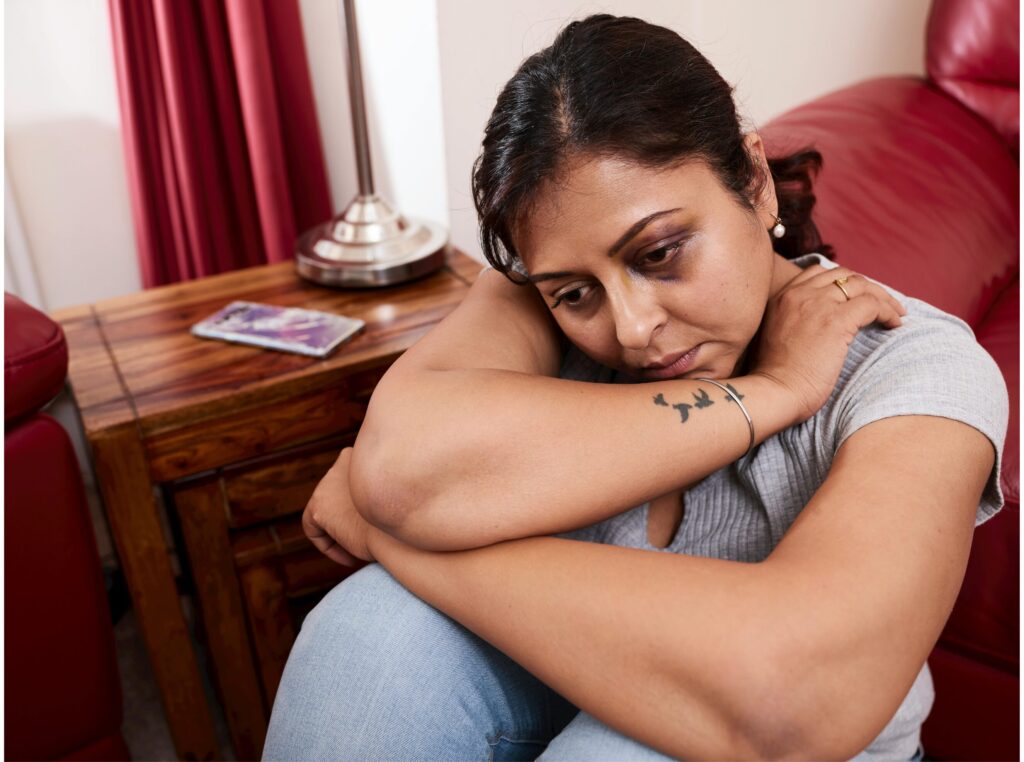
One night, I was cooking salmon when the smoke detector went off. As the alarm beeped loudly, I also heard, Fire, fire! I immediately panicked, thinking there was a real fire. I quickly looked around, searching for flames, but soon realized there was no actual fire. The stove was just too high, and the smoke triggered the alarm. Just like a smoke detector, we all have triggers. Sometimes, our triggers affect how we see reality. You probably heard that where there’s smoke, there’s fire. But that’s not always the case. Even if we perceive danger, it doesn’t mean we are in danger.
Identifying Your Triggers
We all have triggers; it is a natural part of being human. Instead of trying to eliminate them, the key is to become aware of them. For instance, I learned that if the heat on the stove was too high, it could trigger the smoke detector. Rather than getting rid of the smoke alarm, I monitored the heat on the stove. Similarly, it is important to monitor what causes us to react. A look, a new environment, or a confrontation can trigger us. By being aware of our triggers, we can prepare ourselves to respond rather than react.
Setting Boundaries
Have you ever looked back on a situation and realized you may have overreacted? Most of us can probably recall at least one moment like that. Instead of judging ourselves for how we responded, what if we approached it with curiosity? We probably perceived a threat. When our brain perceives threats, it activates the fight-or-flight response to help protect us from harm. Our automatic response isn’t always the most helpful in everyday interactions. For example, if someone says something hurtful, you might lash out or shut down. But there’s another option: setting a boundary. Boundaries can help restore a sense of safety and control without escalating conflict.
Staying Present
Sometimes our triggers can take us back to a past situation or move us into the future. The problem with triggers is that we often are not in the present moment. We might find ourselves reacting to negative feedback because it reminds us of a time we experienced bullying. Or maybe we avoid meeting new people because we fear rejection. Our triggers are often a trauma response. We might be reacting to past trauma rather than the present circumstance. One way to ground ourselves is to be present in our bodies. Take a deep breath and ask yourself: “What do I need to feel safe right now?” It could be removing yourself from the situation, talking it out with someone, or reminding yourself you are safe right now.
Final Thoughts
Just like we have a smoke alarm in our homes, we also have an internal alarm in our bodies. We don’t want to turn it off because we need it for safety. However, it is essential to monitor what causes our triggers. Rather than react to them, we can be aware of them. When we know what triggers us, we can respond by setting boundaries, staying present in our body, and talking it out with someone. Instead of trying to eliminate our triggers, we can focus on managing them in a healthy way.